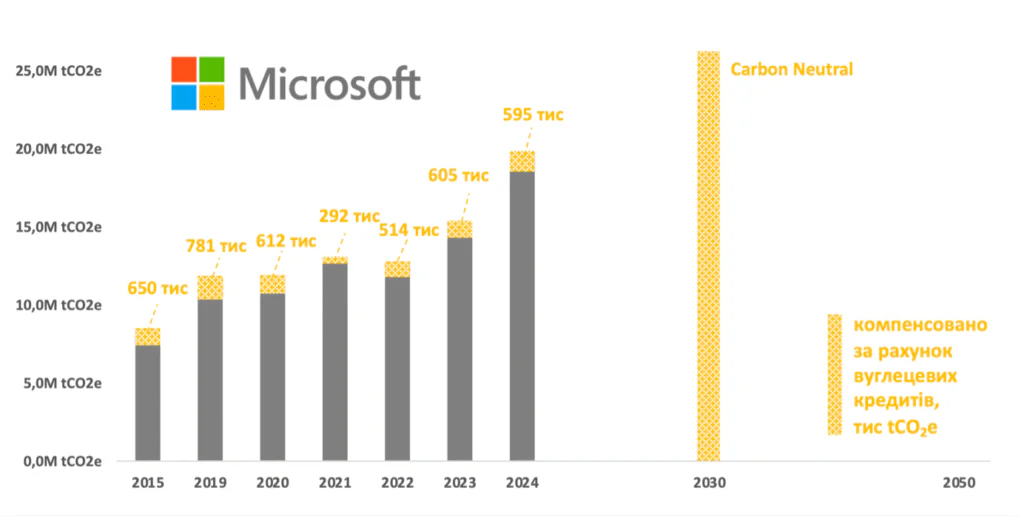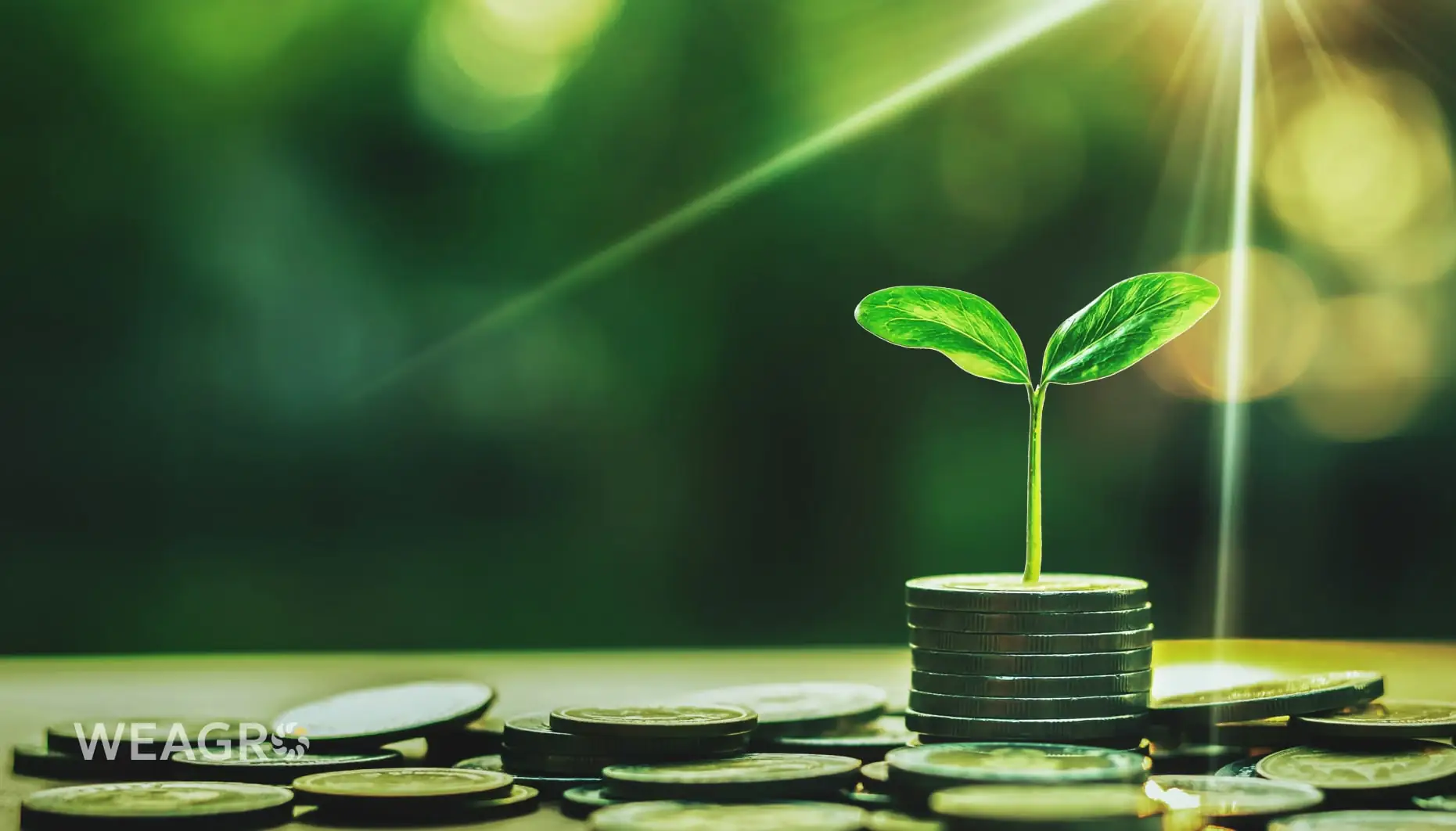More and more farmers are talking about regenerative agriculture. However, few understand that with the right approach, such restorative practices can not only protect soils but also generate profit through carbon credits.
Let’s discuss how Ukrainian farmers can literally earn “money from thin air,” while doing so honestly and benefiting the planet.
New Money from Air
The world is moving towards zero emissions. Companies from the EU, USA, or Japan must reduce their “carbon footprint,” and when this cannot be done within their production, they buy carbon credits.
In effect, businesses pay those who have sequestered or avoided CO₂ emissions.
This is an opportunity for Ukrainian farmers, as our black soil has enormous potential for carbon sequestration. Therefore, this can generate income even without increasing land area.
How it Works
A carbon credit is a unit of greenhouse gas reduction or removal equivalent to 1 ton of CO₂e.
Simply put, when a company implements projects that actually reduce or remove carbon emissions from the atmosphere, these results are recorded in their account as carbon units – these are called carbon credits.
They can be used later to offset their own emissions or sold to other companies seeking to reduce their carbon footprint.
Who Pays
Today, not only energy companies compete for carbon credits; brands looking to reduce their environmental footprint and remain attractive to consumers are also buying them. That’s why buyers include representatives from various industries:
- airlines (Lufthansa, Air France, Delta);
- IT giants (Google, Apple, Microsoft, Amazon);
- banks and investment funds (HSBC, BlackRock, JPMorgan);
- food manufacturers (Nestlé, Danone, Mondelez);
- retail (IKEA, Walmart, H&M);
- fashion brands (Patagonia, Levi’s, LVMH);
- even logistics and transportation companies (DHL, Maersk, UPS).
Purchasing carbon credits is not a rejection of one’s own climate actions. Companies are not “buying their way out” of the problem but supporting environmental projects by compensating for residual emissions that cannot yet be completely avoided.
In other words, credits are not a replacement for their own reductions but additional support on the path to carbon neutrality.
Apple Example
The company systematically reduces its emissions by transitioning to renewable energy and eco-design of products, but also compensates for some residual emissions annually through carbon credit purchases.

Emission Dynamics of Apple (2015-2024)
According to The Verge, Apple reports, Green.Earth, and QCintel.
According to the latest report, Apple plans to achieve full carbon neutrality by 2030, when the remaining 9.6 million tCO₂e is planned to be offset through their own climate projects and purchased credits.
Why Carbon Credits are Increasingly Discussed
One reason is the explosive growth of AI.
Each artificial intelligence query requires electricity, and large data centers where data is stored consume energy at the level of small cities. All this causes additional CO₂ emissions that tech giants must now compensate for.
That’s why companies like Google, Microsoft, or Amazon are increasing demand for carbon credits and investing in carbon sequestration projects.

Microsoft Emissions Dynamics (2015-2024)
According to Microsoft reports, Trellis, and CarbonCredits.com
And the more the digital world grows, the more opportunities there are for farmers to monetize sustainable practices through carbon credits.
How a Farmer Can Become Part of this Market
While technology companies look for ways to offset their emissions, farmers can offer them the most natural solution. Soil is not just a place for crops but a powerful carbon storage.
Using cover crops and avoiding deep tillage helps soil retain more carbon. This process is called sequestration.
If these changes are measured and verified according to international standards (such as Verra or Gold Standard), the farmer becomes eligible for carbon credits. These can be sold to companies offsetting their emissions.
Ukrainian Potential
Ukraine has over 30 million hectares of arable land. And even if some of it transitions to regenerative practices, this will significantly impact the market.
Such farms will not only preserve fertility but also gain a new source of income for helping to keep carbon in the soil.
The world is looking for ways to reduce its carbon footprint, and farmers are becoming part of this process. What seemed distant just a few years ago now opens up real financial opportunities for Ukrainian agribusiness.
This is precisely how carbon credits can transform agribusiness in Ukraine. Not through loud promises, but through concrete figures in the business balance sheet.
What’s Next?
In the next article, we’ll discuss how farmers can prepare their operations for participation in a carbon project, what data needs to be collected, and most importantly – how much can really be earned from this.
Together we are building a sustainable future for Ukraine’s agribusiness!







